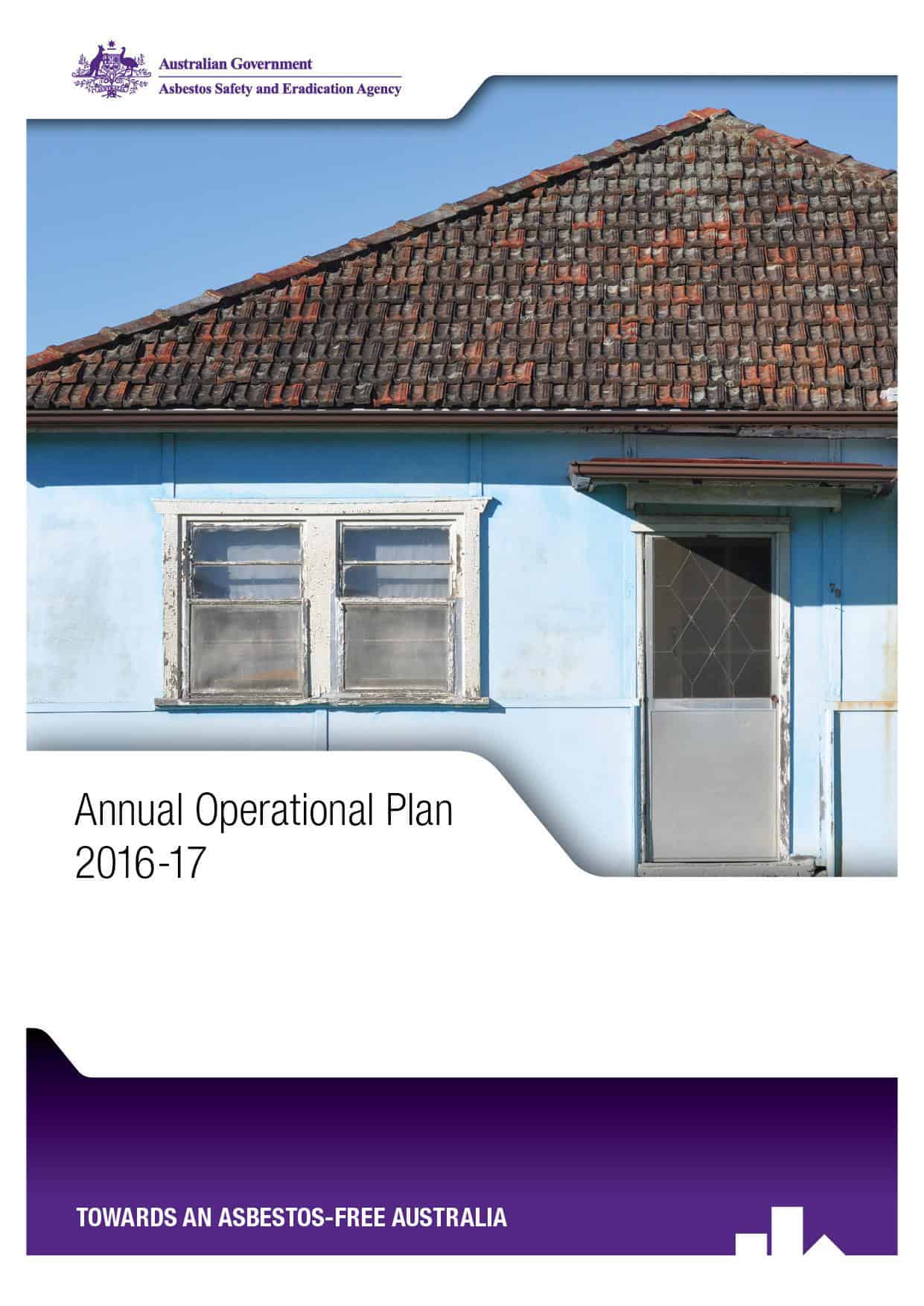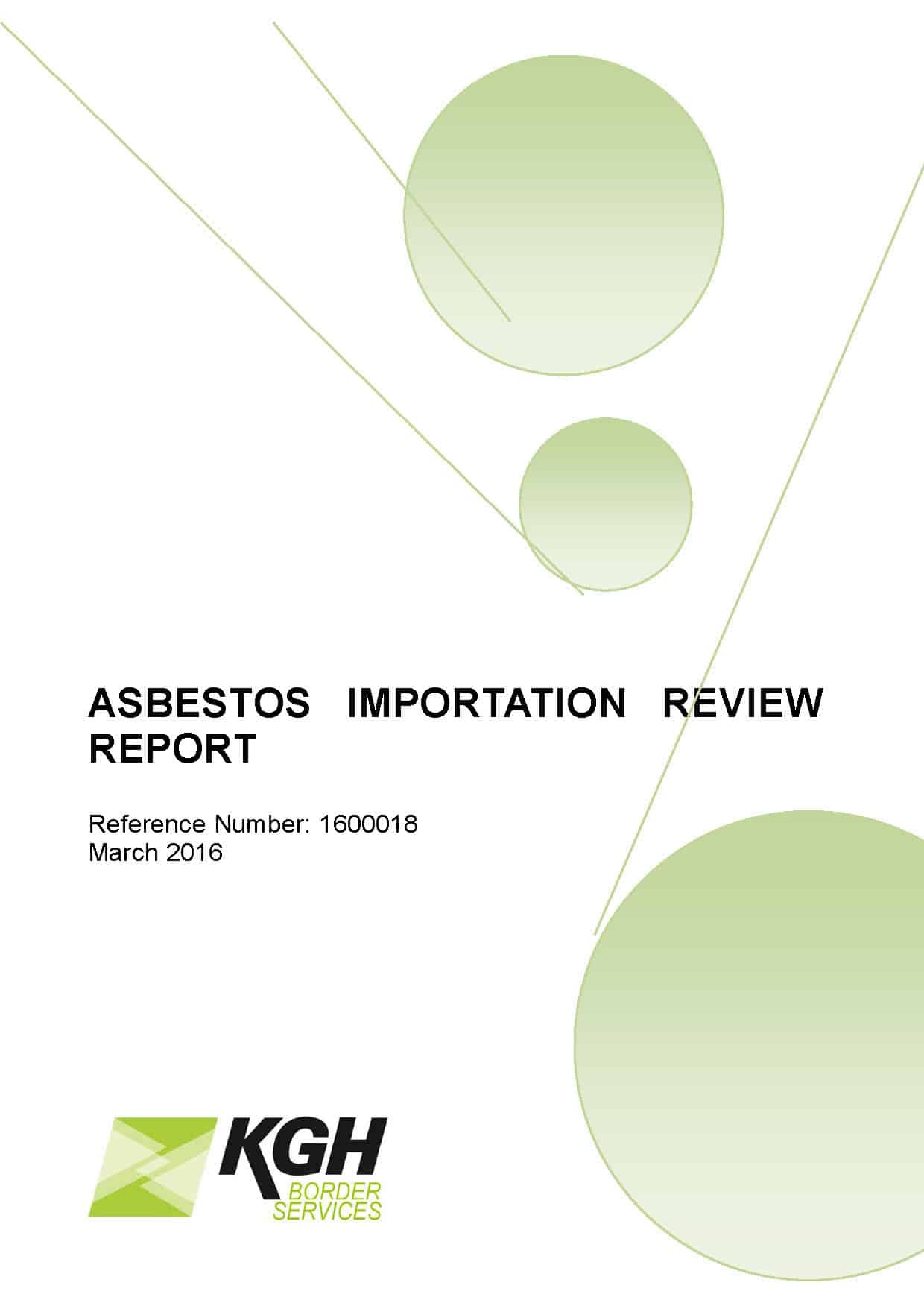October is National Safety Month in Australia and episode 5 of the Cabbage Salad and Safety podcast discusses a range of topics to mirror the diversity of National Safety Month.
Siobhan Flores-Walsh and myself talk about:
- Conferences
- Culture
- Gender in Safety
- Mental Health
- Simple Safety vs Complex Safety
- Innovation
- Marketing and social media
The Gender in Safety conversation is one that I intend to expand upon in the coming weeks and is useful to notion relation to the increasing number of “women in safety”- type events.
 This podcast is a mixed bag but I am interested in hearing your thought on the podcast and the topics it contains so post a comment here or email me.
This podcast is a mixed bag but I am interested in hearing your thought on the podcast and the topics it contains so post a comment here or email me.



